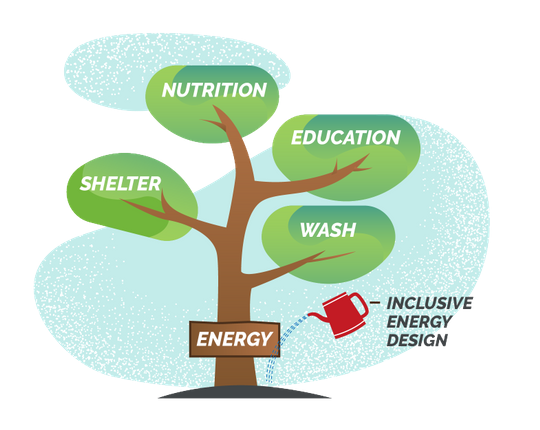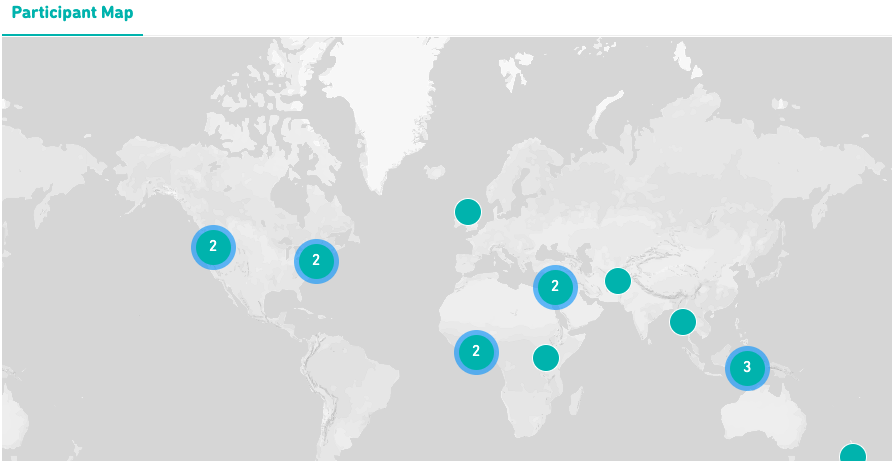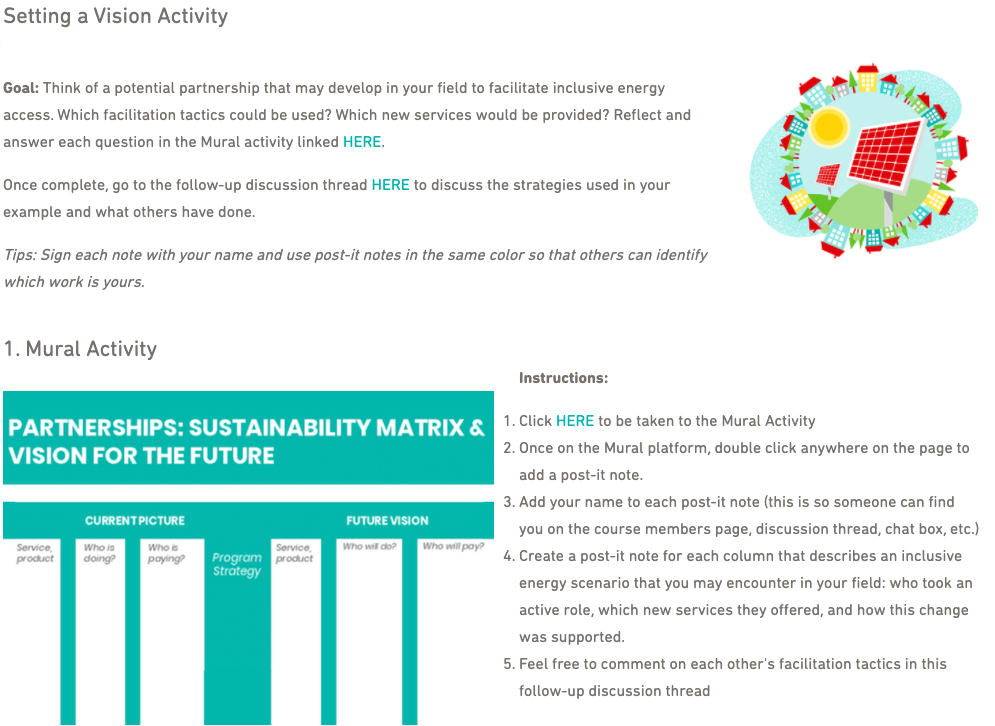4 Online Education Strategies for the COVID Classroom
Author: Marion Comi-Morog
No one was truly prepared for COVID-19 when it hit. As with many crises, however, this pandemic provided an opportunity to recognize pre-existing and fundamental flaws in our national institutions, flaws which ultimately left us even less prepared to adjust and reorganize in the wake of the disease. In the case of our higher education, the tools to address these flaws lay staring us directly in the face.
Before spring break, COVID-19 was a threat. In the week following, it was an all-conquering reality. My return to college from a blissfully-ignorant break of beaches and crowds was marked by a sudden spike in the disease and in the rumors that other universities had shut their doors.
What would happen if our college sends us home? What would happen if it doesn’t?
The questions that buzzed through our campus were ultimately short-lived. Three days after our return, my college sent the same email to its students that had been sent to half the country’s collegiate learners: online instruction would replace the only form of education that we’d known. Chaos erupts as the students from my tiny college spread across the globe and the professors scramble to transition their lectures and lesson plans to an online format. A drastically short period of time was all that was allotted to completely flip in-person courses to online learning and for the teachers themselves to learn the online tools that would help accomplish this. For many professors, learning a foreign language in the same timeframe would have been an easier task.
In no time at all, colleges began to launch their first fully-transitioned classes. Professors struggled to access their own virtual classrooms, while students struggled to comprehend the new workflow. Connections failed; classes were cancelled. On my first day of online college, two lessons were abandoned and one was entirely spent on learning how to use the Zoom chat feature.
In the confusion, my courses were stripped down to their barest form: a means to channel information from teacher to learner, placing the onus on the student to actually learn it. In the wake of a pandemic, with a greater number of distractions and anxieties than ever before, students were provided with less engaging lesson plans while being forced to take up greater responsibility for their own education. This is what I thought online learning was. As my college made plans to continue online in the fall, I struggled to see how I would continue to learn in this environment. I began to question whether I should return at all.

Systems of higher education like my own made the fundamental error of changing their learning format while maintaining the same learning tools and techniques. It is not an online format that fails to educate. Rather, it is the failure to incorporate the advantages and tools of online education that caused the online transition to miss its mark.
Both collegiate students and its faculty have felt this difference. In an interview, one such college faculty member affirms that the differences between online and in-person teaching were both fundamental and fundamentally overlooked.
He states, “because the pedagogy for remote instruction is so different from the in-person classroom, many colleges and universities like ours were completely unprepared for the initial transition to online learning. As a consequence, the quality of education that we had been able to provide in the first half of the semester took a large hit.”
My work with TechChange, however, is proof that online education can be just as meaningful as the classroom setting we’d grown used to. Using instructional design principles and knowledge of our users, we are able to convey material to our audience in a way that consistently engages users with the material and with each other. Colleges and universities must look towards pre-existing and well-founded online education platforms as a model for their online methodologies. I firmly believe that a college experience is valuable in more ways than a graduation ceremony and a degree. For it to continue to be so, higher education must incorporate the four online education strategies that I have learned through my time with TechChange.
1. Ask your students.
Even as academic programs struggled to transition and to teach their students, an opportunity for student feedback and problem-solving was never developed. Within my first month at TechChange, I have seen the value of student/user feedback appear multiple times. While it may seem un-intuitive that students could hold the answers, users are often able to catch bugs or oversights that an instructor won’t, merely because they engage with the material in very different ways.
While developing a pilot course with TechChange, we asked two simple questions about each module: to rate how useful and instructive it was to the user’s work, and to provide general comments about their experience. From this feedback, we were able to discover where the students lost engagement or just felt lost, and could make the appropriate changes. It is incredibly important to listen to your target audience’s feedback because, well, this is who the material is meant for.
2. Utilize a variety of tools.
Much like in-person learning, we should be striving to teach online in various formats. It is not enough to teach solely over Zoom lecture or recorded video.
TechChange, as an online platform, is able to offer a blended model of live events like expert interviews, application-based activities, and Zoom calls, with self-paced tools such as discussion threads and quizzing features.
All of these facilitate direct engagement with the course material and are unique to online learning. With TechChange, I have found that demonstrating information in multiple formats and with multiple tools can facilitate learning, especially with complex concepts.
3. Embrace the advantages of online learning.
When one instructional design door closes, another opens. The online sphere has a multitude of opportunities that in-person learning can’t or hasn’t yet incorporated. One invaluable advantage of online learning is its global possibility.
People from different countries or continents are able to gather within a virtual classroom and learn together, a feat that would be impossible within a single in-person class. The global possibilities allow for a diversity of experience that adds tremendously to group discussions. TechChange welcomes an international participant-base, and regularly invites guest speakers from around the world. Rather than placing the focus on a single professor’s knowledge base, online education has immediate access to a plethora of experts.
4. Interaction is fundamental to engagement. Engagement is fundamental to learning.
This grounding principle is one which many professors are familiar with, and which underscores each of the points above. However, in the midst of all the chaos that began with an online transition and which will continue into a wholly new fall semester, this grounding principle of education has been missed. Zoom lectures and pre-recorded videos express information but do not encourage students to think critically, engage metacognitively, or to even remember what they heard.
As TechChange claims directly on its homepage, “the current solutions for online training are broken, as they often leave users feeling bored and isolated.” Instead, TechChange and other successful online education platforms offer the ability to connect over course material. Through discussion, live events, networking, and partner activities, we will increase engagement and, consequently, our quality of education.
The question that I am left with: Why had we not incorporated online tools in our higher education already?
We have come to overvalue a traditional education format to such an extent that we have limited the ways we can learn. In the wake of the COVID-19 crisis, this meant that we were wholly unprepared for a forced online transition. However, we should be constantly looking to incorporate new tools that will progress the quality of higher education in the everyday as well. We should be constantly teaching our university and college professors how to use and incorporate these new tools.
This gap between semesters is more than a respite from the chaos. It has provided us an opportunity to strive towards these goals, one which several colleges have seized. One college faculty member reflects that, “Our college is doing a lot to better prepare professors for the fall. Now it is a question of how and to what extent these tools for online learning will be implemented within each classroom.”
In March, the world turned on its head, and so we must turn with it. We cannot just rely on the expertise of the standalone professor or on traditional methods of instruction. However, the tools for a new way of learning are available. Institutions of higher education just need to catch up to the world that has progressed beyond them.
Teachers, it’s time to learn.








